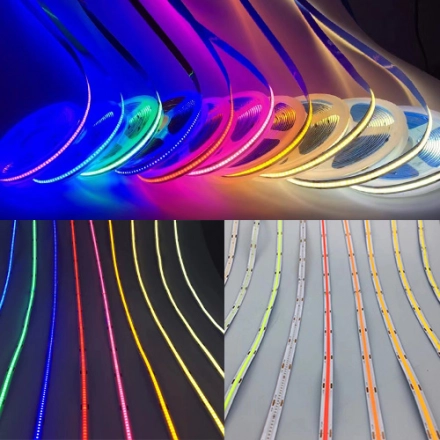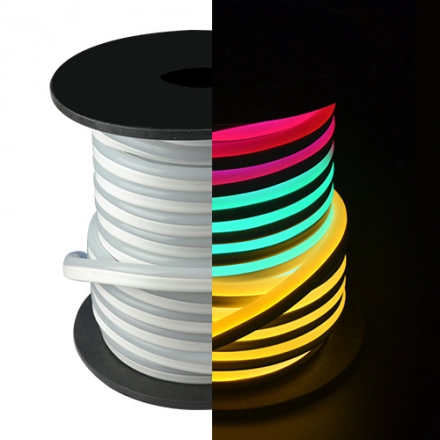Introduction to the Main Features of an RGB Amplifier
An RGB amplifier is an essential device used in various lighting applications, particularly in the field of LED lighting. It plays a crucial role in enhancing the efficiency and performance of RGB LED lighting systems. In this article, we will objectively and truthfully explore the main characteristics of an RGB amplifier and shed light on its significance in the realm of lighting technology.
First and foremost, an RGB amplifier acts as a signal booster for RGB LED lighting setups. It is commonly used when there is a need to extend the signal transmission distance between the RGB controller and the RGB LED lights. This amplification capability ensures that the control signal is strong and stable, preventing any potential signal loss or degradation.
One of the primary features of an RGB amplifier is its ability to support multiple output channels. These channels correspond to the red, green, and blue color components of the RGB LED lights. By providing independent control of each channel, the amplifier allows for precise color adjustments and creates vibrant and dynamic lighting effects. This versatility is particularly useful in applications such as stage lighting, architectural lighting, and decorative lighting, where precise color control is paramount.
Another noteworthy characteristic of an RGB amplifier is its compatibility with various input and output signal formats. It can work seamlessly with different types of control signals, including analog signals, digital signals (such as DMX512), and pulse-width modulation (PWM) signals. This flexibility enables integration with a wide range of lighting systems, making the RGB amplifier a versatile choice for professionals in the lighting industry.
In addition to signal amplification and compatibility, an RGB amplifier often incorporates advanced features to enhance its performance. These features may include built-in signal regeneration, signal isolation, and surge protection. Signal regeneration helps to restore the integrity of the control signal, ensuring accurate color representation. Signal isolation prevents interference between multiple amplifiers, guaranteeing reliable signal transmission. Surge protection safeguards the amplifier and connected devices from voltage spikes or power surges, ensuring their longevity.
Furthermore, the physical design of an RGB amplifier is also worth considering. Most amplifiers are compact and lightweight, allowing for easy installation and integration into existing lighting systems. They typically feature sturdy enclosures and efficient heat dissipation mechanisms to ensure reliable operation even in demanding environments.






